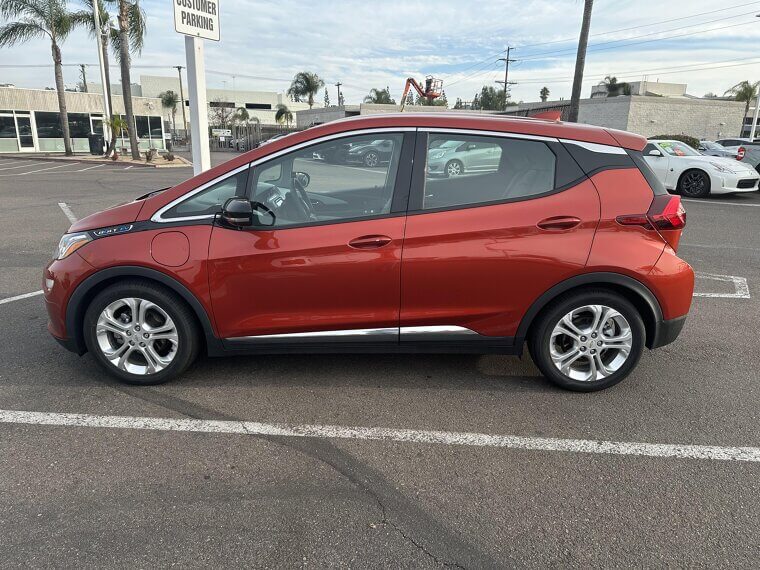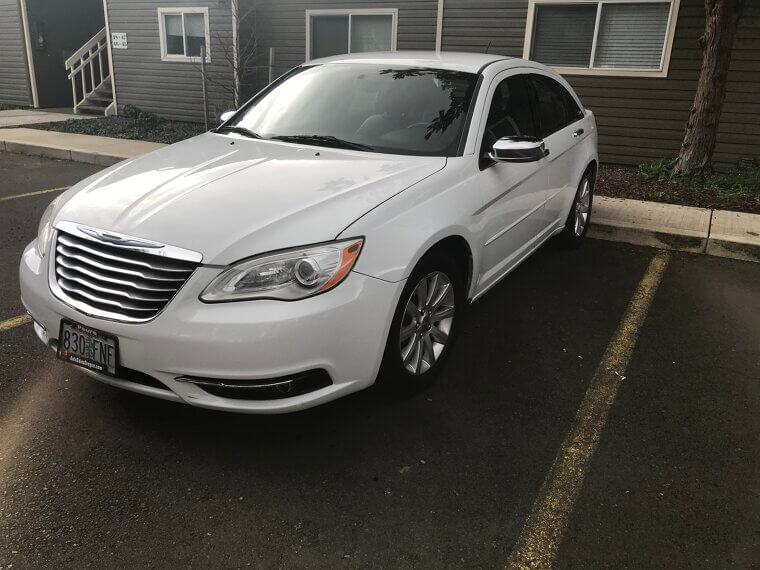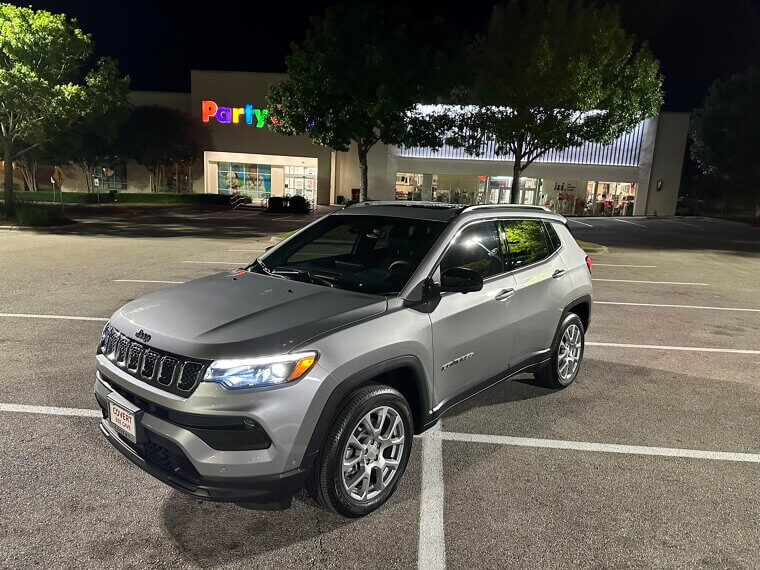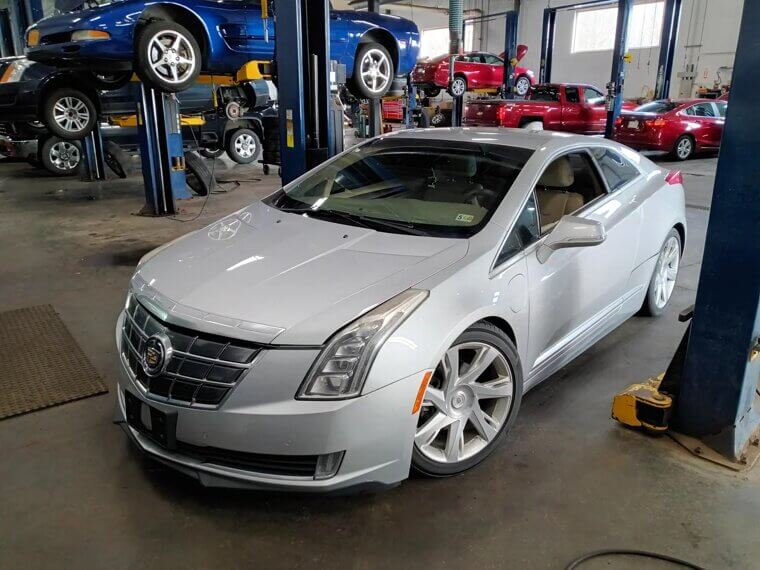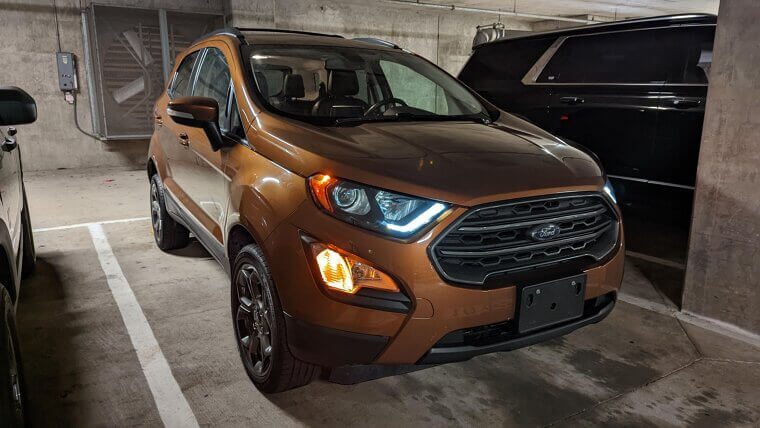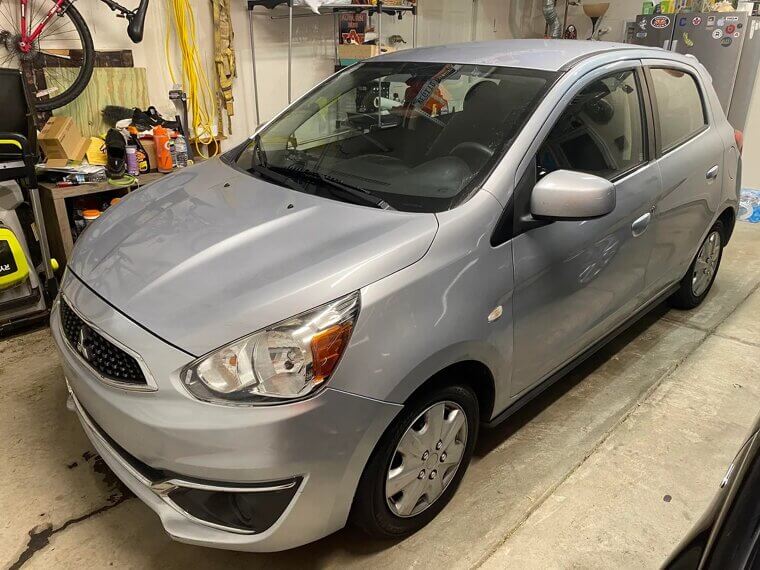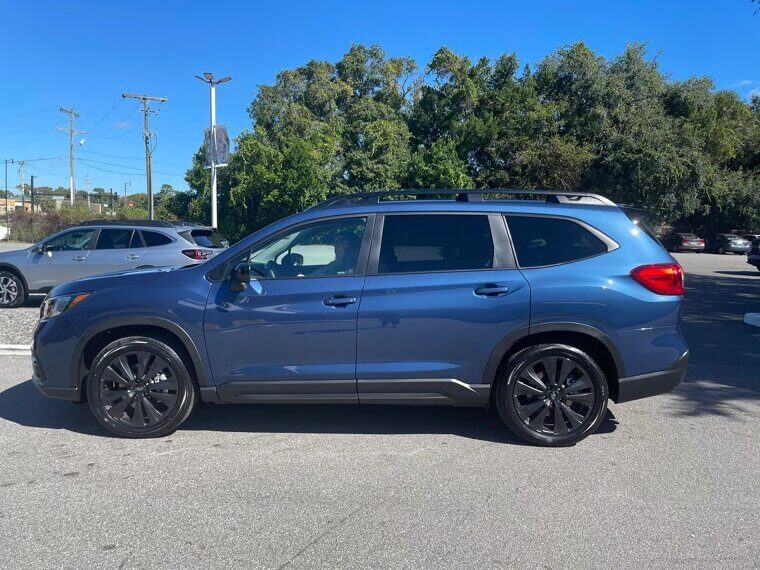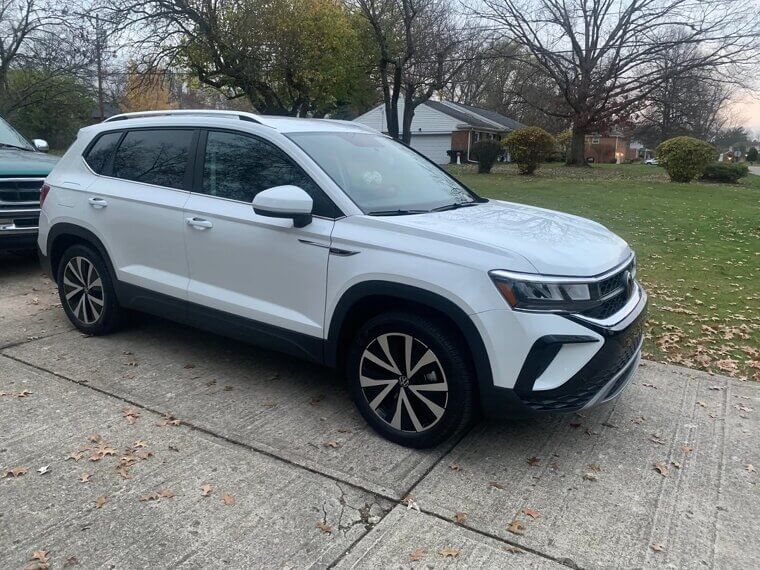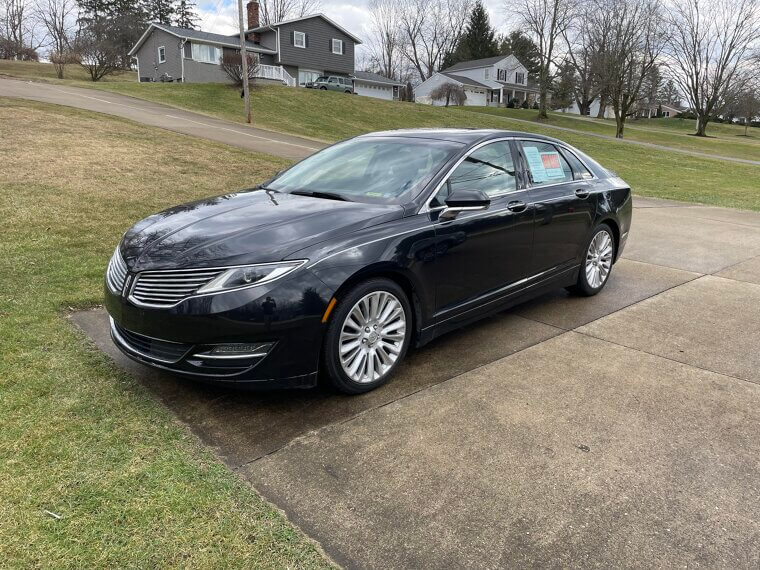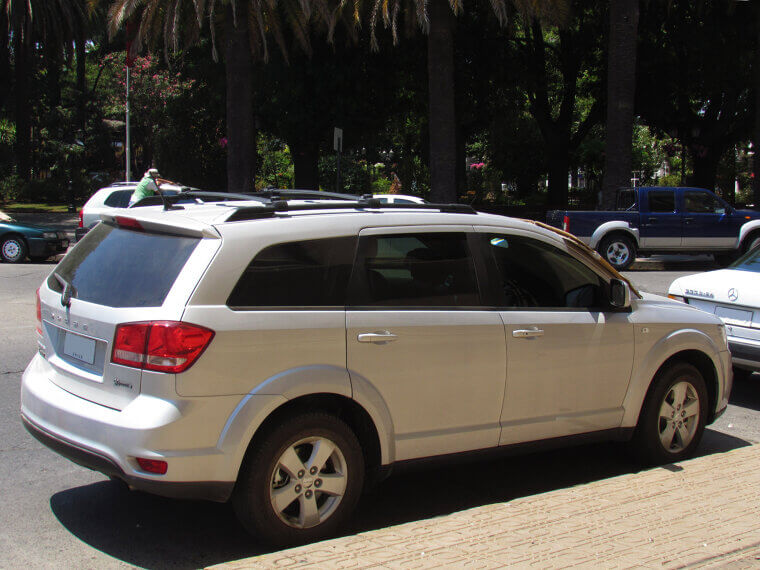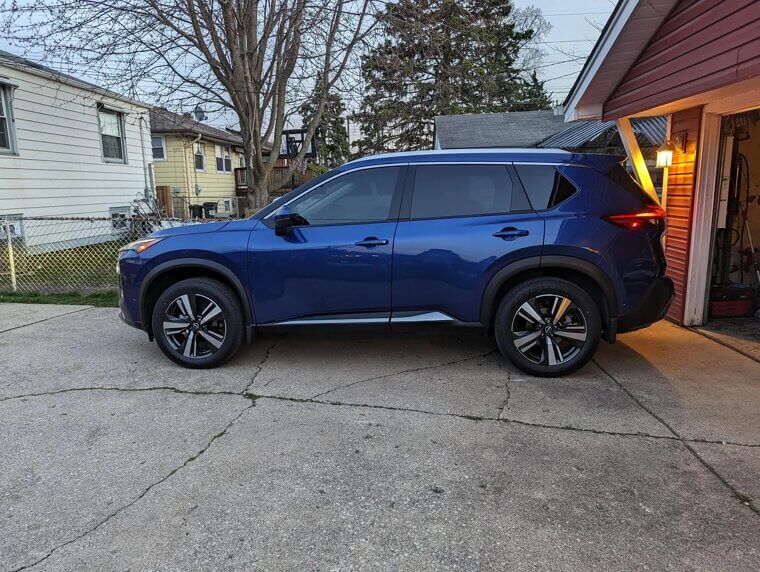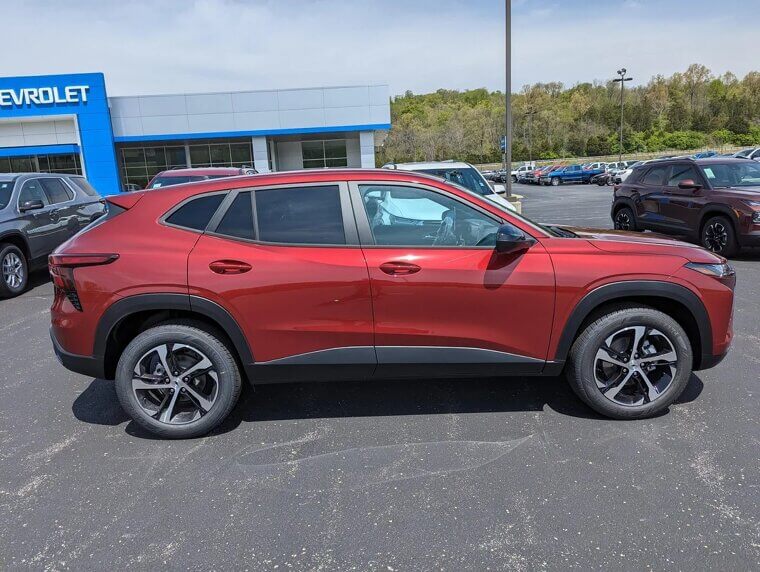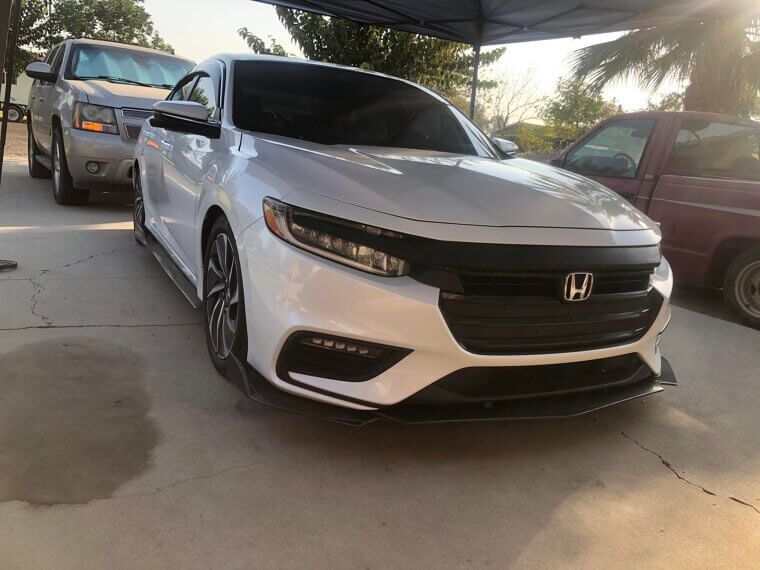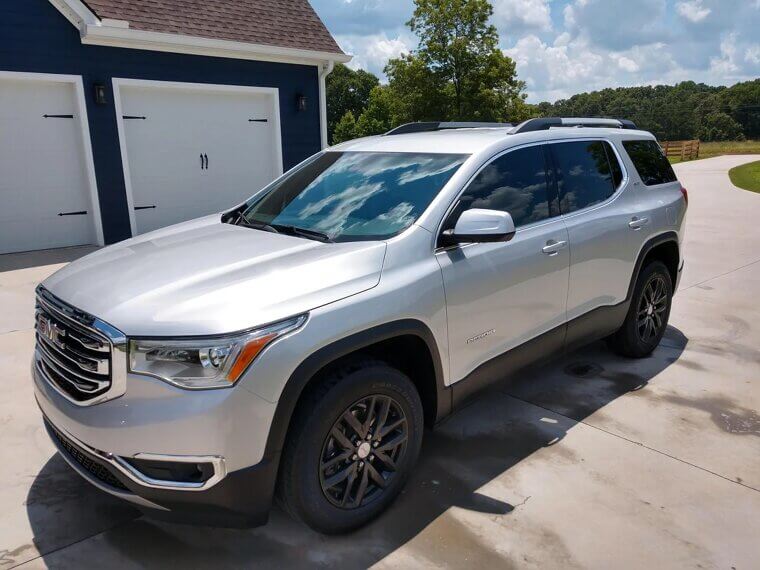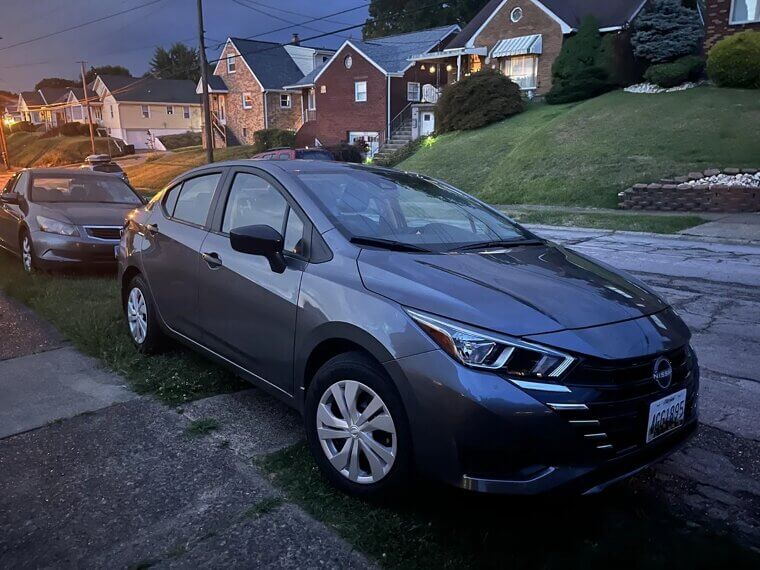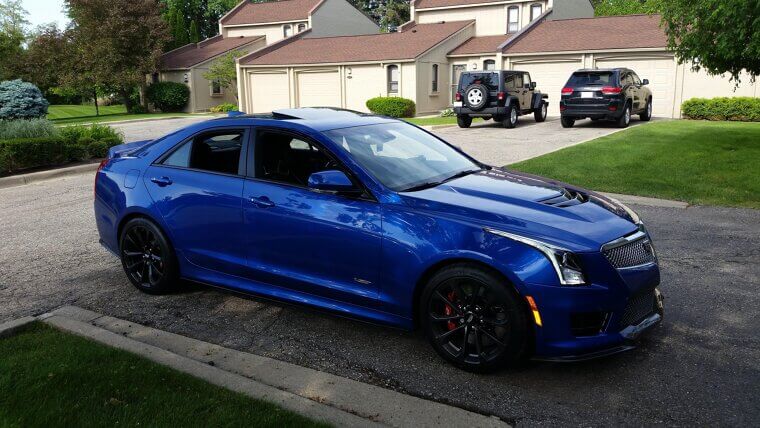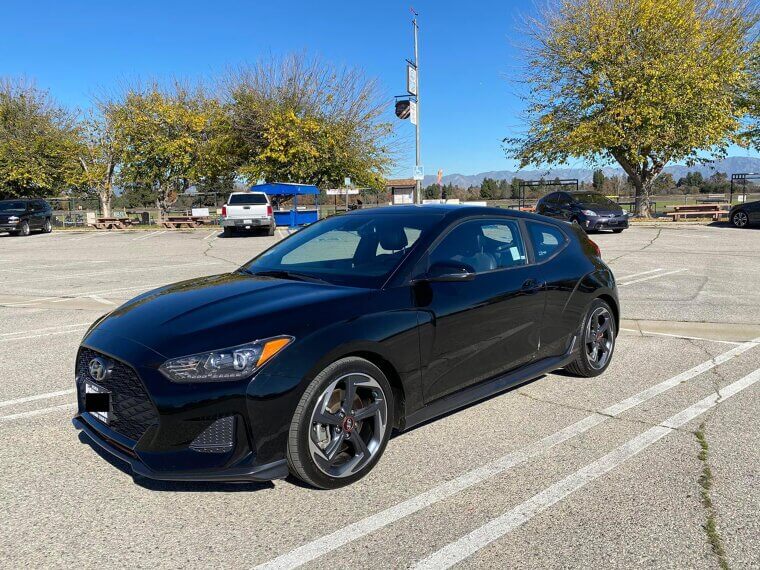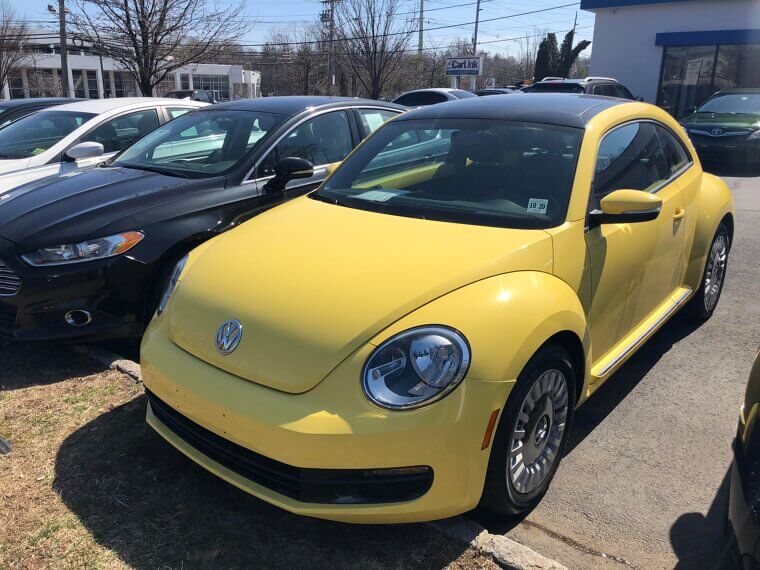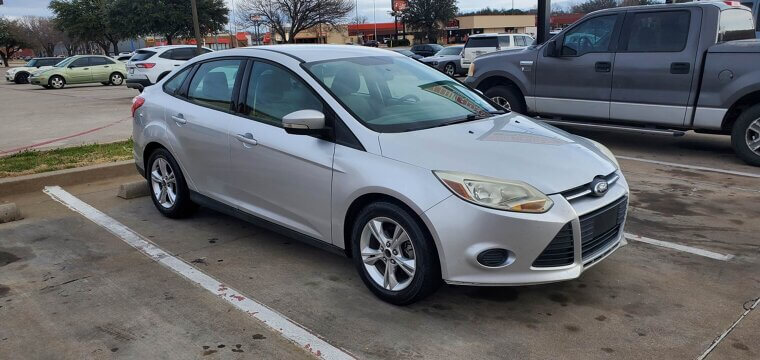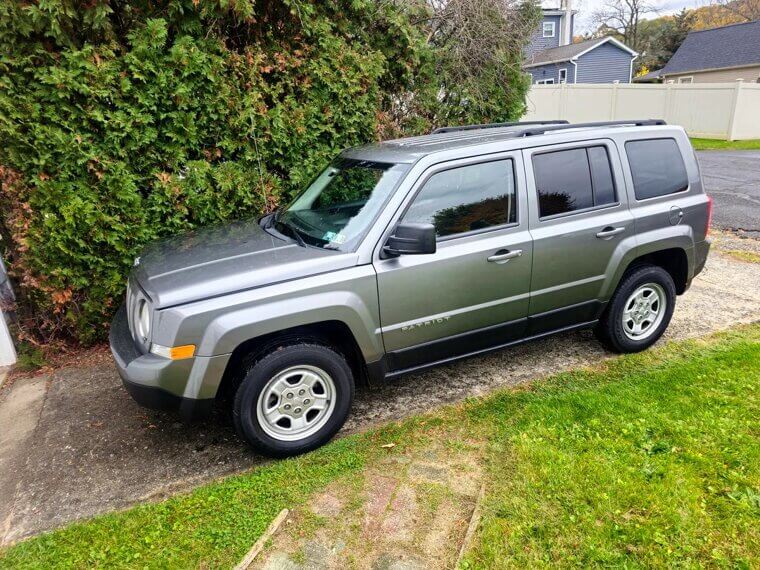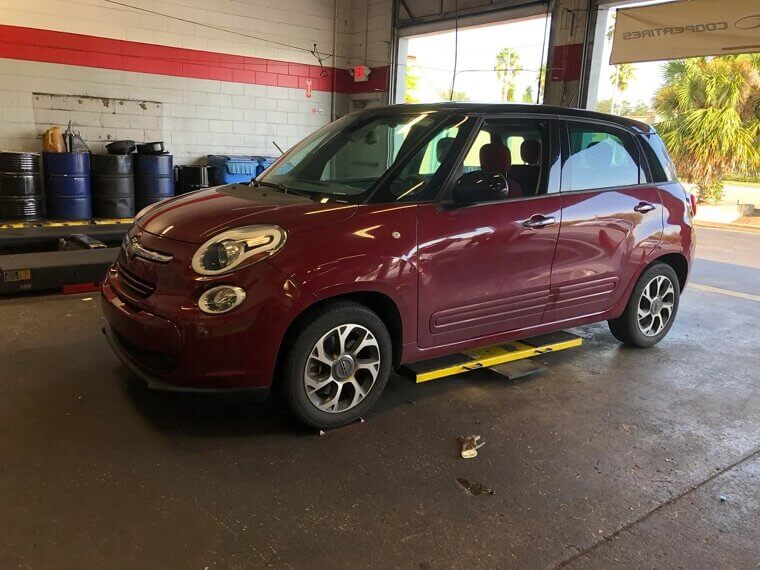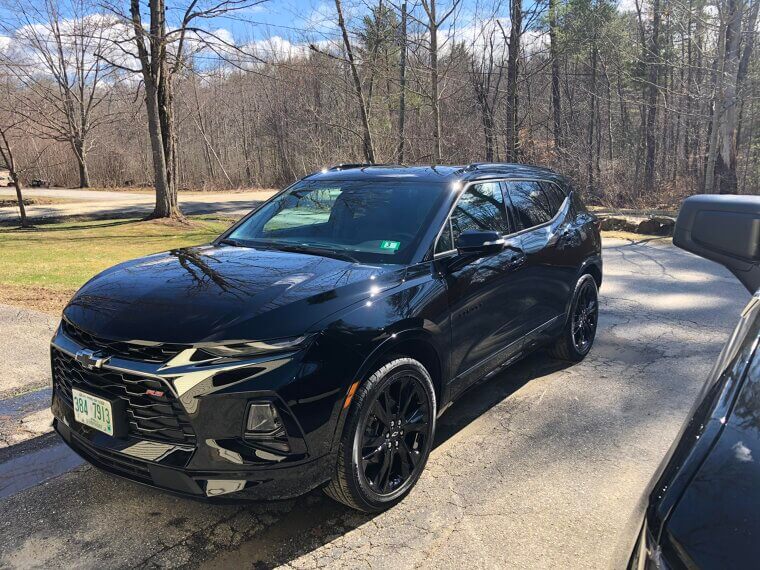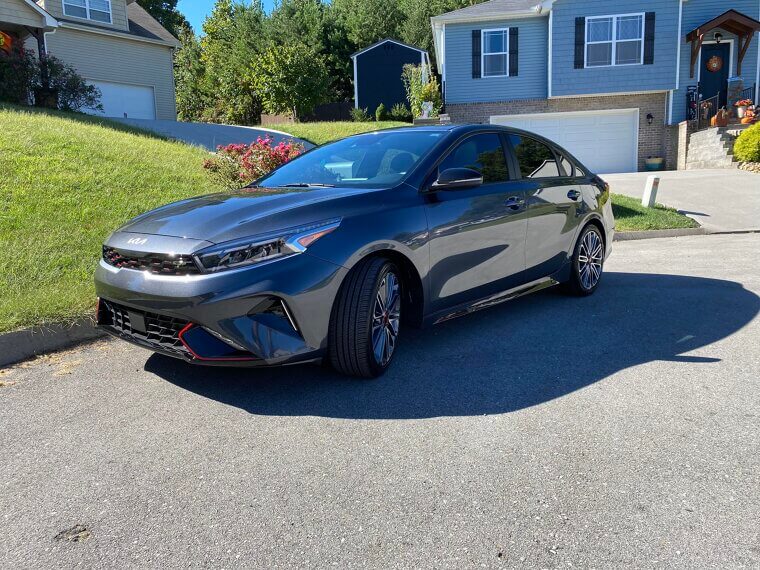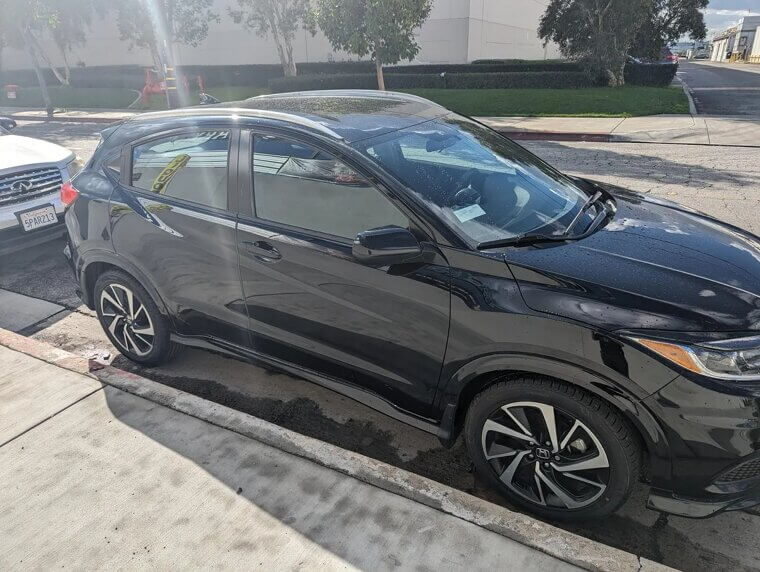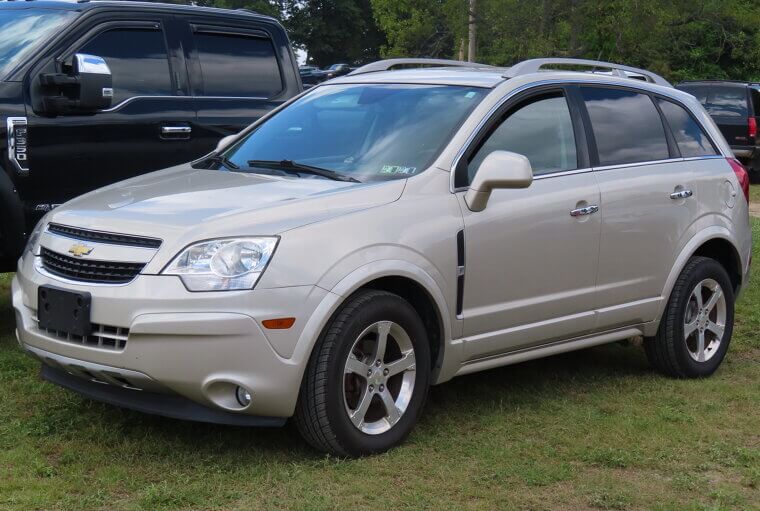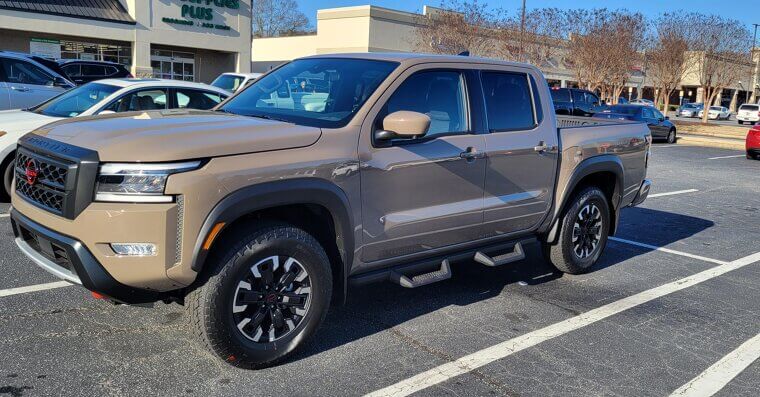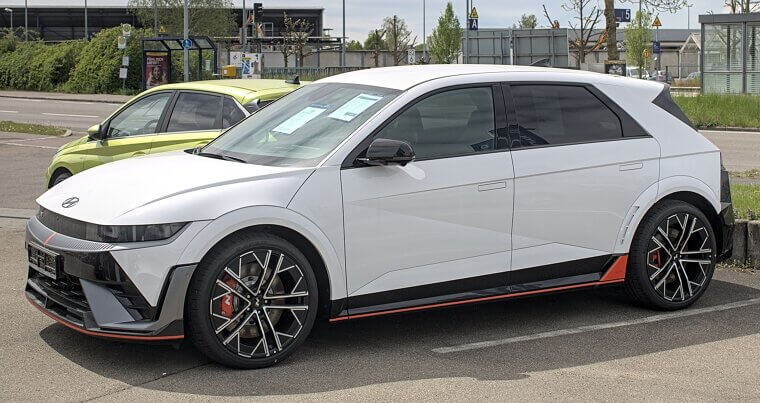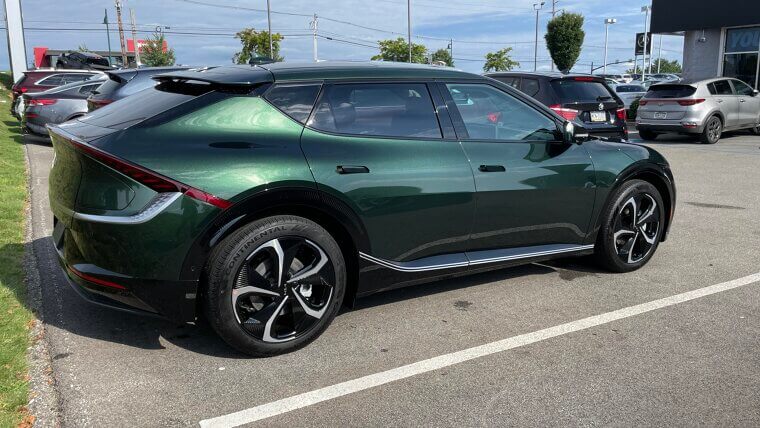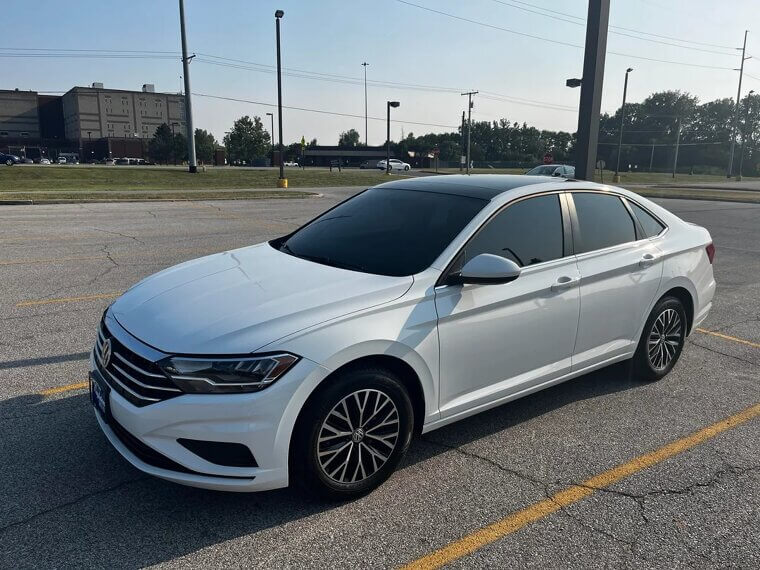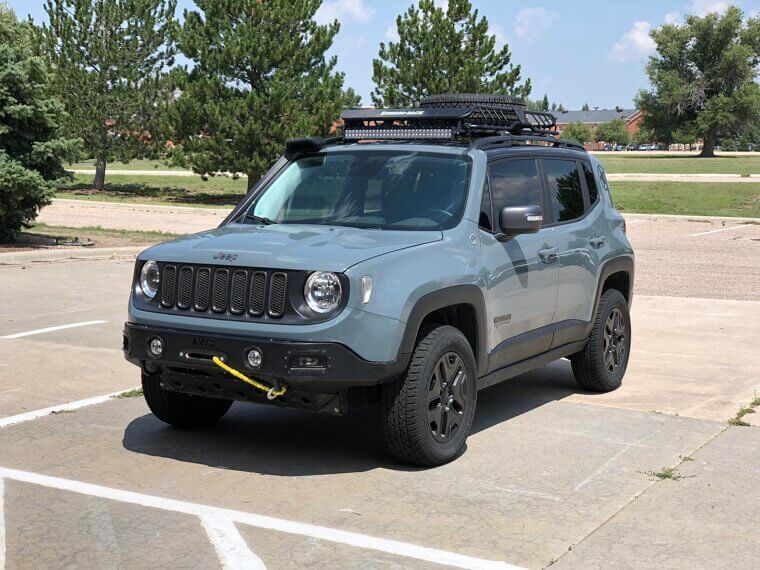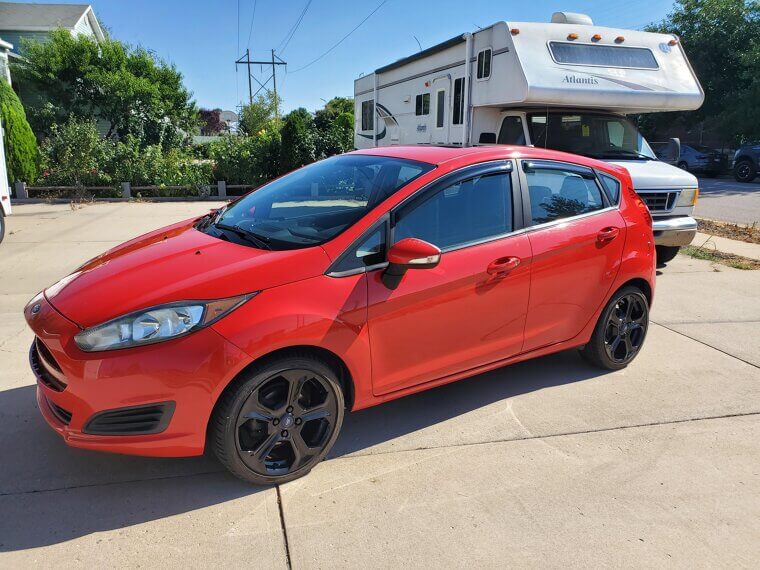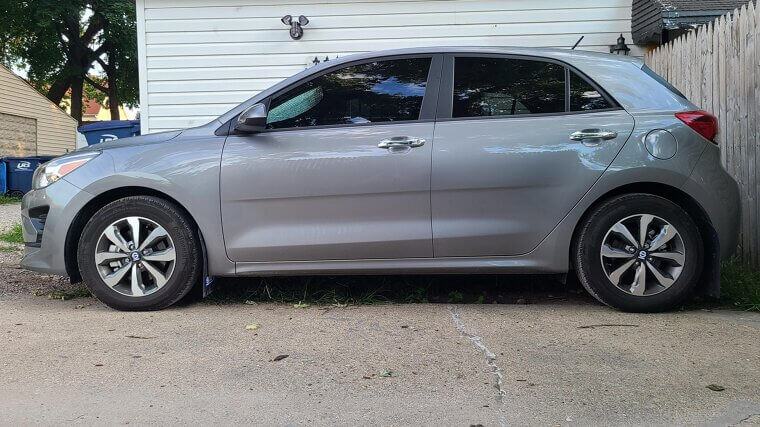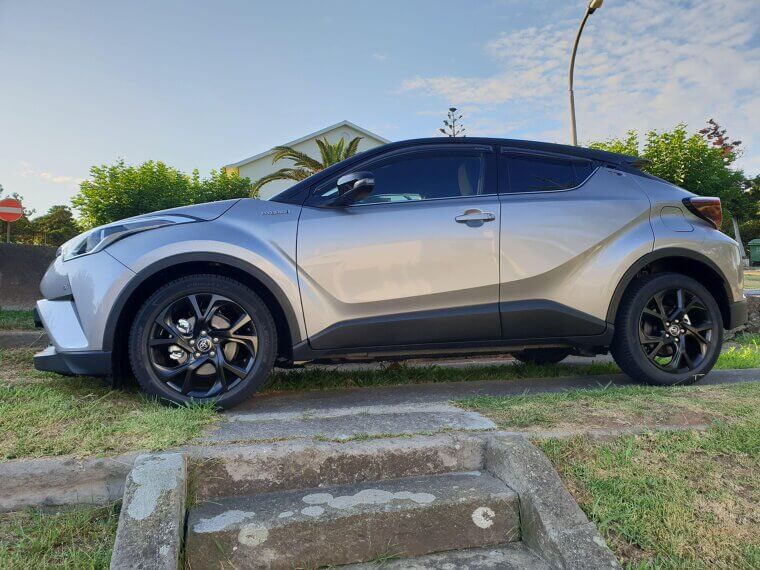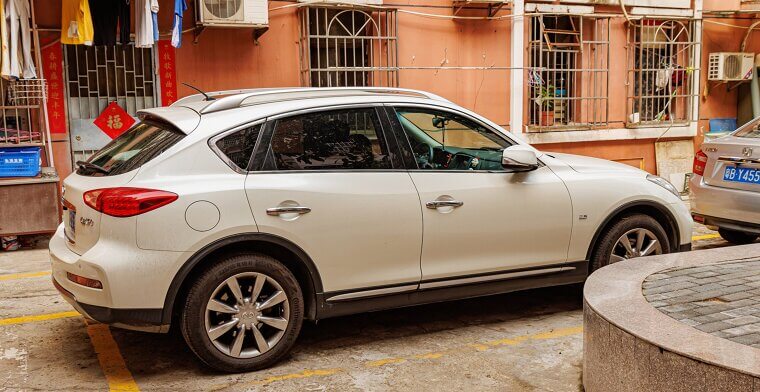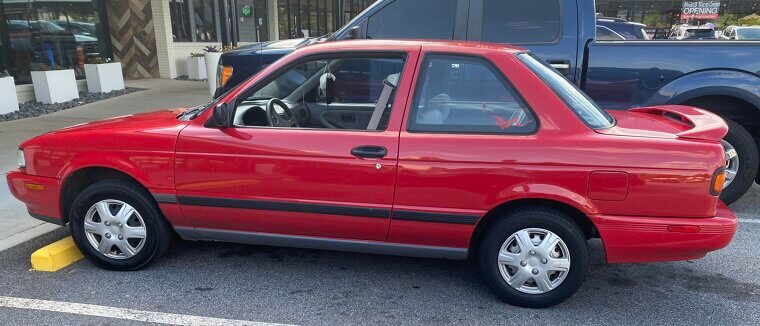Chevrolet Bolt
The Chevy Bolt looked like a great deal for an EV at first - until battery recall issues scared buyers away. Everyone worried about the safety and long-term reliability of the Bolt, and the resale value tanked. Newer models are better, but those who bought early models wish they’d waited.
Chrysler 200
The Chrysler 200 looked great on the outside, but under the hood, things weren’t so pretty. It had a rough transmission and below-average reliability ratings. Add in a poor resale value, and it’s no wonder people regretted paying new-car prices for it.
Jeep Compass
Yes, the Compass carries the Jeep name, but it doesn’t live up to the brand’s rugged image. New owners were let down by its weak engine and lackluster performance. It’s also infamous for losing its value fast, end just ends up feeling overpriced.
Cadillac ELR
It’s no surprise that most people couldn’t justify the price of a Cadillac ELR. Sure, it’s a luxury plug-in hybrid, but it had very limited range. It was basically a fancy Chevrolet Volt with a Cadillac badge. And those who bought it new wish they hadn’t.
Ford EcoSport
The EcoSport promised to be a fun, small SUV. But most drivers quickly learned it wasn’t worth the hefty price tag. It was cramped, underpowered, and not very fuel-efficient for its size. Sadly, the EcoSport had a poor resale value, and many people regret buying it brand new.
Mitsubishi Mirage
On paper, the Mirage is an affordable way to get around. In reality, though, it felt cheap. The tiny engine struggled on highways, and the interior felt way too outdated for a new car. Buying it new just didn’t make sense when better options existed.
Subaru Ascent
When Subaru released the Ascent, people expected big things. Instead, the first few model years came with transmission problems and reliability issues. Those who paid full price for the Ascent felt cheated, especially since repairs cost a pretty penny.
Volkswagen Taos
Volkswagen's Taos looked like a stylish little SUV when it was released in late 2020. But those early models weren’t all sunshine and roses, as serious mechanical issues and recalls started soon after the car was rolled out. It just didn’t feel trustworthy for a new car.
Lincoln MKZ
The MKZ looked great on the outside, but drivers found it underwhelming once they got behind the wheel. There was nothing wrong with it, but there was nothing special, and the price tag felt a bit too high for what drivers were getting.
Dodge Journey
The Dodge Journey is seen as one of the most outdated SUVs sold in the last few years. It had an old design, poor fuel economy, and a lack of modern features. Simply put, it was overpriced even when it was new.
Nissan Rogue
Nissan’s Rogue is everywhere. But owners say it doesn’t live up to the hype. It’s comfortable, sure, but the ride is sluggish, and early models had transmission problems. When resale value drops as fast as this one did, buyers regret paying new-car prices.
Chevrolet Trax
The Chevy Trax is small, affordable, and easy to park. But that’s about it. There’s nothing fancy that makes the car stand out. Those who bought one felt like they paid too much for a car that just didn’t stand out in any way.
Honda Insight
Honda’s Insight was hyped to be a smart hybrid choice. But buyers regretted buying it new when they realized they could get better hybrids for the price. Yes, it had Honda reliability, but the performance was anything but spectacular.
GMC Acadia
The Acadia looked like a strong family SUV. But certain model years came with engine and transmission headaches that were expensive to fix. It didn’t deliver the long-term quality that people expected from a big family car, and the resale value tanked.
Nissan Versa
Nissan’s Versa is cheap to buy, but that’s also its biggest downside. Drivers quickly realized it felt too bare-bones for the price. It came with a weak engine, low resale value, and a lack of features to make it stand out in a crowded market.
Cadillac ATS
The ATS promised luxury and didn’t deliver. What people really got was cramped interiors, pricey repairs, and a poor resale value. It looked great on paper, but it didn’t live up to the Cadillac name (or price) once the new-car shine wore off.
Hyundai Veloster
The Hyundai Veloster might have had a funky look that got heads turning, but it wasn’t as sporty as it looked, and it had too many reliability issues. Buyers realized they’d been duped when the car didn’t live up to its exciting and overhyped image.
Volkswagen Beetle
The final generation of the VW Beetle looked fun. But it was way too overpriced for what people were getting. It had no power, cheap interiors, and poor resale value. New owners wished they hadn’t bought one new just for the nostalgia factor.
Ford Focus
Ford’s Focus seemed like a solid small car. But transmission problems ruined it for too many owners. The repairs were expensive, and the resale value dropped fast. At the end of the day, it all came down to poor reliability.
Jeep Patriot
The Patriot carried the Jeep badge, but none of that Jeep toughness. It felt really cheap inside, had a weak performance, and didn’t live up to its off-road expectations. Add in a poor resale value, and you’ve got a Jeep that people wish they hadn’t bought new.
Fiat 500L
The Fiat 500L tried very hard to be quirky and fun, but ultimately failed at both. The interior was way too cheap, it had poor reliability ratings, and poor resale value. A car this size might have been great for city driving, but people wanted way more bang for their buck.
Chevrolet Blazer
The new Chevy Blazer hit the market with big expectations. But drivers felt it didn’t deserve the price tag. Sure, it looked sporty, but it wasn’t powerful or as refined as its competitors. It was poor value for money that made buyers feel like they’d been duped.
Kia Forte
The Forte is a reliable Kia, but it doesn’t excite anyone. Buying it new meant being stuck with a car that lost its value quickly, and it didn’t offer much personality. Yes, it worked fine as basic transportation, but people wanted and expected more for the price.
Honda HR-V
Honda’s HR-V was nothing more than slow and noisy compared to other small SUVs. Buyers expected a smooth ride from a reliable brand. Instead, they felt like they overpaid for something that was too basic. Yes, it’s reliable, but it doesn’t hold value well.
Chevrolet Captiva Sport
The Chevy Captiva Sport was basically a fleet car sold as new to the public - and it showed. It had no modern features and quickly felt outdated. It also had poor reliability and resale value, and buyers paid new-car money for something that felt secondhand.
Nissan Frontier
The Nissan Frontier barely changed for years. The interior felt ancient, the fuel economy was shockingly bad, and the resale wasn’t strong. Owners regretted not waiting for the updated version that finally brought more modern features to a popular truck.
Hyundai Ioniq 5
Early models of the Ioniq 5, in particular, had software glitches and charging problems. Buyers who jumped in and bought those first few models had to deal with recalls and fixes. Newer ones are fine, but those early ones made people regret buying them.
Kia EV6
Kia’s EV6 looked great, but they had reliability issues from the get-go. From charging hiccups to electronic bugs, new owners felt more like beta testers and wished they’d waited for updates before spending so much money.
Volkswagen Jetta
The Jetta has always been a popular choice, but not the recent versions. They came with electrical glitches, transmission issues, and a really cheap-feeling interior. This, coupled with a poor resale value, left buyers feeling cheated.
Jeep Renegade
Jeep really thought it had something special when it released the Renegade. Who wouldn’t love a vehicle with Jeep ruggedness and the practicality of a small SUV? Turns out many people didn’t, which hurt the resale value and tanked the car's reliability rating.
Ford Fiesta
The Fiesta had fun handling and looked cute, but serious transmission issues made people regret ever buying them. Repairs were expensive, and buying one new turned out to be a mistake for so many people who expected a worry-free small car.
Kia Rio
The Kia Rio is relatively affordable and reliable, but it doesn’t hold its value well. It felt too plain and underpowered for the price tag, and many buyers wished they’d chosen something with more personality and a bit more resale strength. It’s a pity, because it’s not a bad car.
Toyota C-HR
The Toyota C-HR looks great, but drivers were a bit, um, disappointed once they got behind the wheel. The car was underpowered, the rear seats were too cramped, and it didn’t offer all-wheel drive. What? A car with no all-wheel drive? No, thanks!
Infiniti QX50
Infiniti’s QX50 was meant to be a luxury car. But the reality didn’t match the hype. The engine felt rough, the CVT transmission wasn’t smooth, and the overall ride didn’t feel as premium as it should for the price tag. Buyers regretted paying new-car money for it.
Nissan Sentra
Nissan’s Sentra had a reputation for being cheap. But many owners quickly found out that “cheap” in this case meant low quality. Early models had transmission problems, and it doesn’t hold its value well. It’s the kind of car that feels fine at first, then disappoints later.

